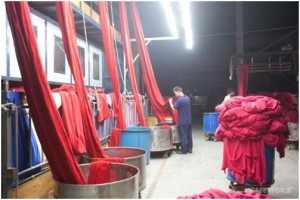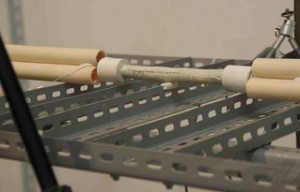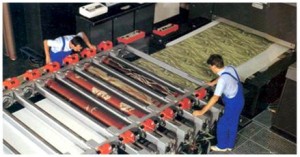Graphene, the wonder material for a new industrial revolution?
Graphene is the most promising new development of material sciences, due to its unique combination of properties, which opens a way for exploitation in a wide spectrum of applications. Yet there are many obstacles for the commercial exploitation of this new nano material. One of the greatest challenges today in commercializing graphene is how to manufacture high quality material, on a large scale, at commercially acceptable cost.










